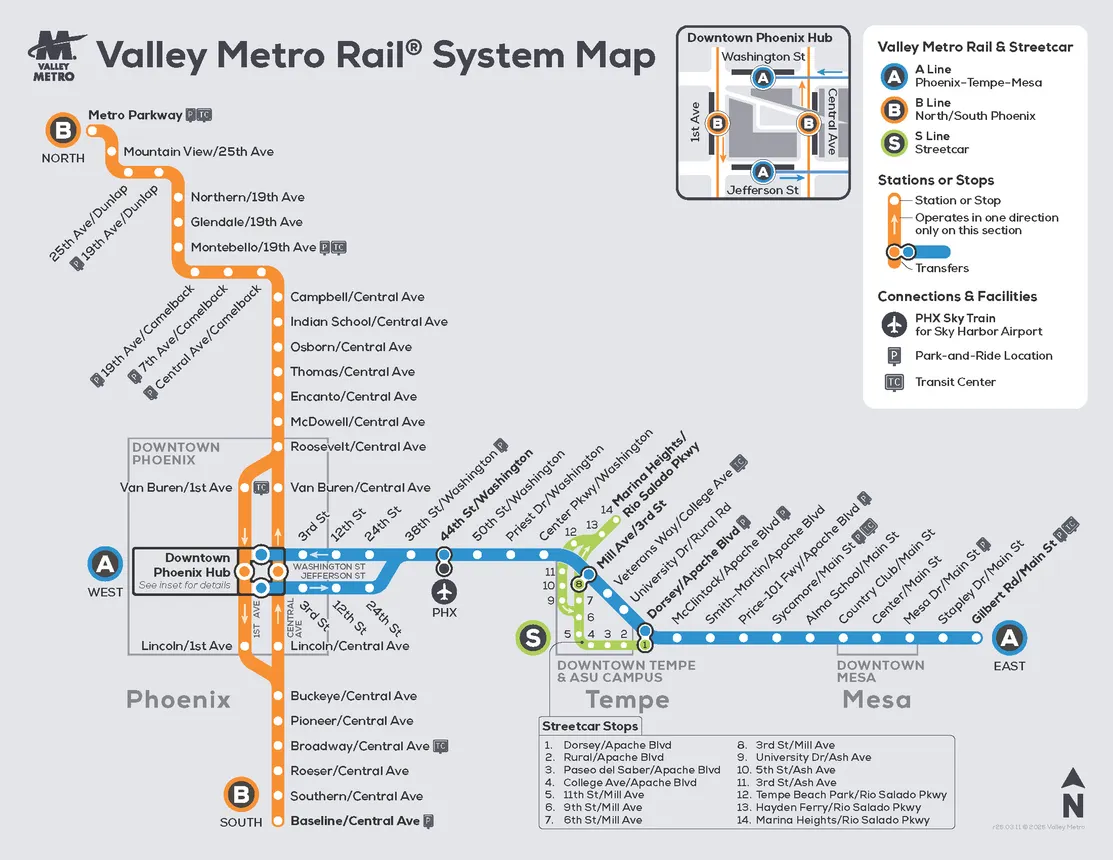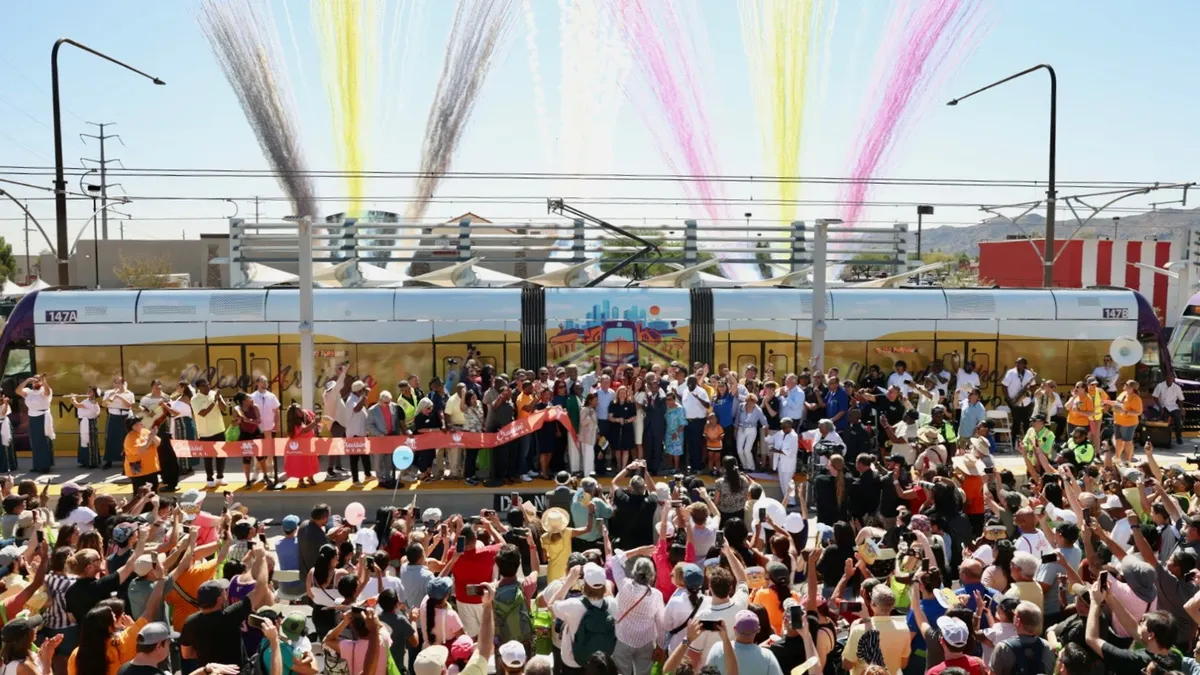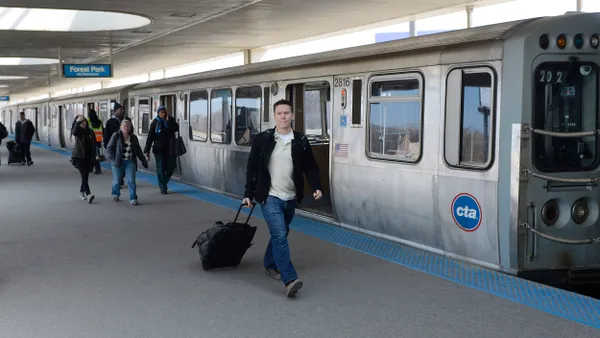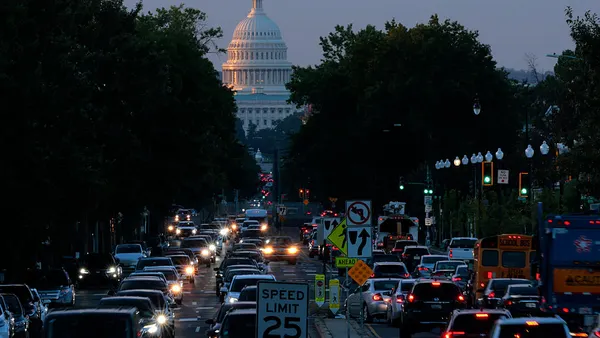Phoenix’s $1.34 billion South Central Extension and downtown hub has opened to riders after numerous delays and years of construction, the Valley Metro Regional Public Transportation Authority announced on June 7.
The 5.5-mile southward extension is projected to add 8,000 riders per day to the 35-mile light rail system, per Valley Metro. The project enables the system to operate two lines instead of a single, L-shaped line: the north-south B Line that includes the extension, and an east-west A Line from downtown Phoenix to Mesa, Arizona.
Omaha, Nebraska-based contractor Kiewit built the extension, which will enable trains to run more frequently, according to Valley Metro. With eight new stations, the system now features a total of 48 stops.

"The completion of this project marks an important new connection for residents and moves us closer to our goals as a sustainable and accessible city," said Phoenix Mayor Kate Gallego in the release. Gallego also said more light rail expansion projects remain a priority, ABC 15 reported.
The project scope also included a new park-and-ride facility and a transit hub downtown, according to Valley Metro. Crews installed enhanced bike lanes, pedestrian pathways, trees and desert-adapted landscaping and conducted more than 30 miles of underground infrastructure and utility upgrades. The extension features 18 art installations, made primarily by local creatives.
Federal grants provided more than half the project funding, alongside Phoenix Transportation 2050 and regional Proposition 400 investments, according to Valley Metro.
The project was hard-won. Planning began in 2012 and design work started in 2017, followed by the launch of construction in 2019. Work was supposed to wrap in 2023, but a combination of factors delayed the opening: the COVID-19 pandemic, unanticipated utility relocations and a ballot initiative from project opponents.
In 2020, Phoenix voters overwhelmingly defeated the measure, which would have halted this and other light rail expansion projects and hobbled the city’s ability to invest in rail, Trains.com reported.












